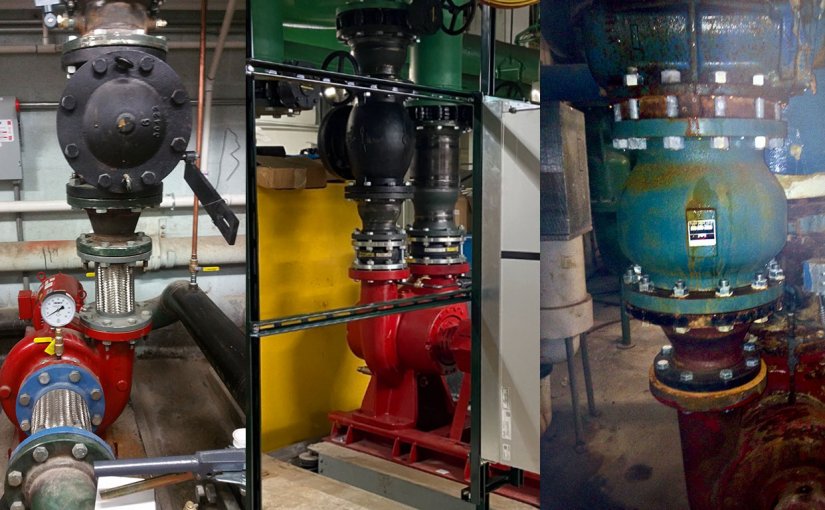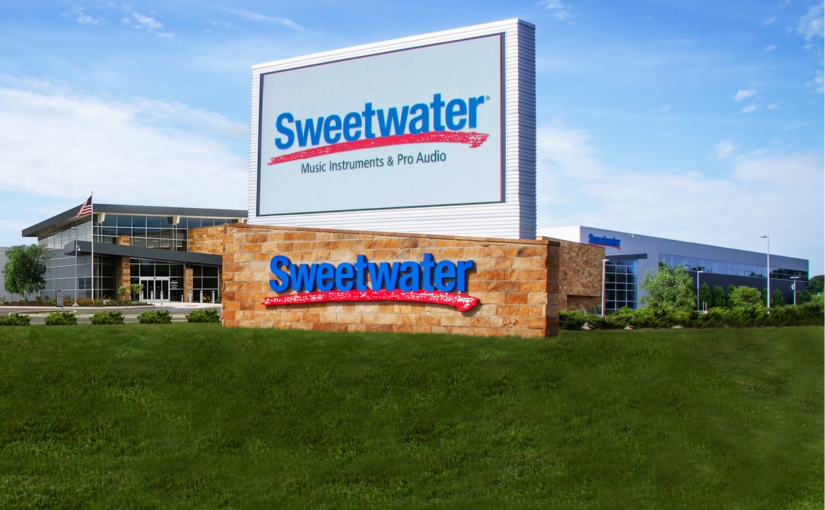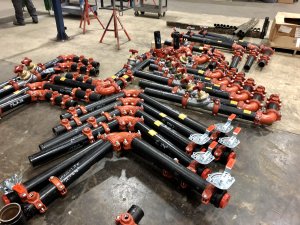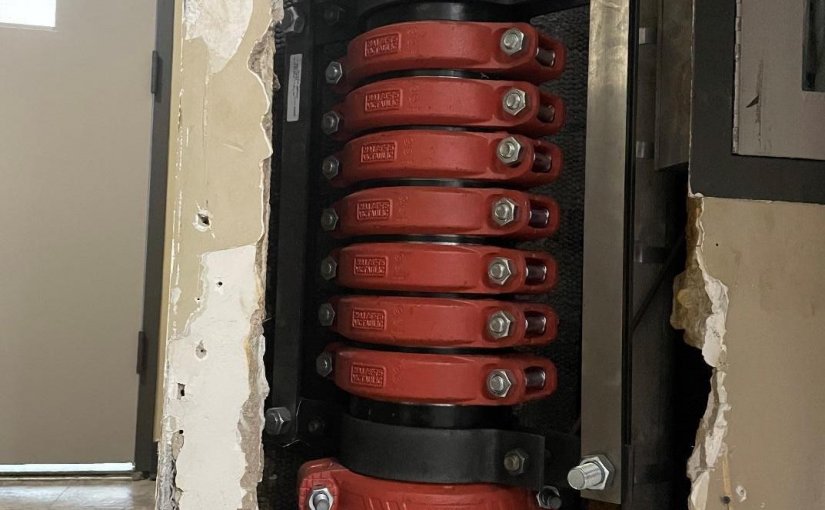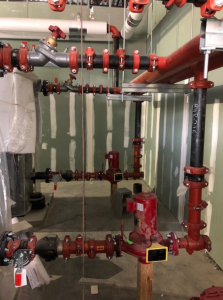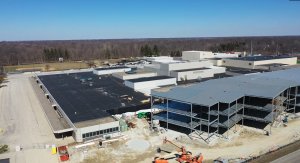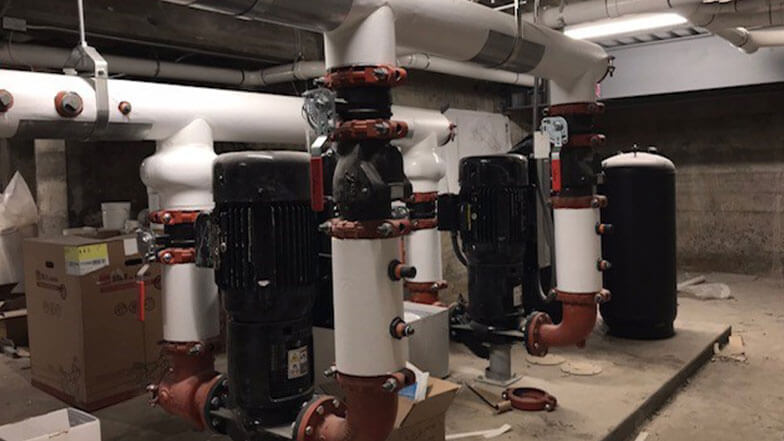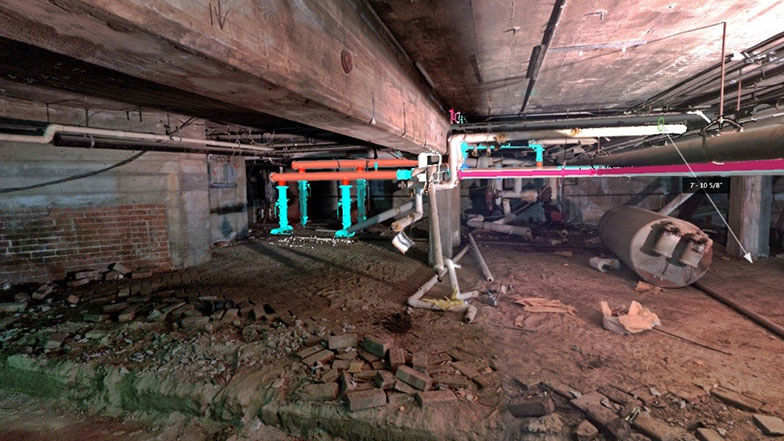Enhancing Pipefitter Training: A Collaboration Between NIBCO & Local 597
Recognizing the need for skilled professionals equipped with knowledge and practical experience, NIBCO, a leading provider of flow control products, has partnered with Chicago Pipefitter’s Local 597 Union to enhance its training programs. This collaboration aims to elevate the level of training and ensure that apprentices are well prepared for the field.
Local 597’s Training Approach
Local 597’s apprenticeship program is a comprehensive five-year course designed to produce highly skilled pipefitters, welders, and HVAC service technicians. With 1,200 apprentices currently enrolled, it is one of the largest programs in the country, with a rigorous curriculum split between classroom instruction and hands-on training. The first three years involve block training, where apprentices spend three months in intensive training before heading into the field for nine months. In their fourth and fifth years, apprentices attend night classes while gaining field experience during the day.
Local 597 Training Director Joe Bonato oversees the main facility located in Mokena, IL, another in Palatine, IL, and a satellite school in Crown Point, IN. Bonato is a firm believer in the importance of exposing apprentices to industry specialists to supplement their learning. NIBCO’s involvement has made a significant impact.
NIBCO’s Role
NIBCO approached Local 597 with a proposition to support the training center by sharing expertise, particularly in copper development and valve technology. Since fall 2023, NIBCO has been providing lectures and hands-on training sessions.
“Our 597 instructors are fantastic and possess great experience from being in the field, but it is a huge benefit to bring in industry specialists [who] can take us to the next level,” explained Bonato.
Kyle Coleman, Local 597 training instructor, highlighted the value of this collaboration. “NIBCO expands on what we can offer in-house. They provide insights into the purpose and function of various valves, which is crucial for our apprentices,” he said.
NIBCO’s Aaron Kilburg, commercial sales manager, and Sean Kelly, area sales manager, bring a wealth of knowledge and practical experience from years of experience at NIBCO to the training sessions. Their approach is twofold—a combination of classroom lectures and hands-on training. The first day focuses on lead-free soldering with valves, where apprentices receive one-on-one instruction and feedback. The second day delves deep into valve best practices, providing apprentices with the tools to make better selections and troubleshoot issues in the field. Apprentices also learn about the vast array of commercial and industrial valves available today.
 The Impact of Hands-On Training
The Impact of Hands-On Training
Through the NIBCO-Local 597 collaboration, the apprentices gain practical experience. During hands-on sessions, they practice soldering large diameters and working with larger valves, which they might not encounter frequently in the field and are also cost-prohibitive to practice on during normal training.
“The opportunity to solder a 2” ball valve is rare. This training experience is crucial, as it helps apprentices understand the intricacies of working with different materials and techniques,” explained Kelly.
Bonato acknowledged the significant impact of the partnership. “NIBCO has been top-notch in their approach. They are hands-on, engaging, and committed to helping
us produce the best journey workers possible. Their involvement ensures that our apprentices receive the highest quality training,” he noted.
Building Skills, Building Relationships
The hands-on training provided by NIBCO is invaluable for apprentices. “Apprentices get the opportunity to practice soldering larger-size pipes and working with large valves in a controlled environment. This not only builds their confidence but also ensures they are well prepared for real-world applications,” explained Coleman. The feedback from apprentices has been overwhelmingly positive.
NIBCO’s involvement goes beyond mere instruction; the focus is on building relationships with the apprentices. Kilburg explained, “We aim to create an environment where apprentices feel comfortable reaching out to us for additional training or resources. It’s about fostering a sense of camaraderie and support.”
“I think it is genius of a company like NIBCO to invest the time to come here,” said Bonato. “They are meeting and building relationships with the next generation of leaders— the industry supervisors, project managers, general foremen, and potential owners.”
NIBCO has conducted similar training sessions at various union locations in the Midwest, including Local 75 in Wisconsin, Local 166 in Indiana, and Local 130 in Illinois. This widespread involvement underscores NIBCO’s commitment to enhancing the skills of the next generation of professionals in the industry. The training sessions are continually refined based on feedback from apprentices and instructors.
“Every training session is a learning experience for us as well.” Kilburg commented. “We pick up new techniques and insights from the apprentices and instructors, which helps us improve our training methods.”
Looking Ahead
By combining classroom instruction with practical, hands-on experience, the partnership between NIBCO and Local 597 provides apprentices with a comprehensive learning experience that prepares them for the challenges of the field. As the collaboration continues, both NIBCO and Local 597 are committed to refining and expanding their training programs and are dedicated to ensuring that apprentices not only acquire the necessary skills but also develop the confidence and knowledge to excel in their careers.
The NIBCO-Local 597 partnership represents a model for successful industry collaboration. By leveraging the expertise of industry specialists and providing practical training opportunities, this initiative is setting a new standard for apprenticeship programs. As Bonato put it, “It’s about bettering the brand and ensuring that our apprentices represent the best in the industry. With NIBCO’s support, we are well on our way to achieving that goal.”
Kilburg added, “As appreciative as Local 597 is for the training we are providing, NIBCO is appreciative of the relationships we are developing.”
This collaboration not only benefits the apprentices but also strengthens the industry as a whole. NIBCO and Local 597 are demonstrating that with the right support and training, the next generation of mechanical contracting professionals will be well equipped to meet the demands of the industry.
For more information, visit www.nibco.com. To learn more about training, contact Aaron Kilburg, NIBCO commercial sales manager, at kilburga@nibco.com.








 Laser welding, compared with forge welding, is a relatively new technology. It is used in many high-tech industries, including automotive, aerospace, and oil and gas. Laser welding uses a high-energy laser beam to melt the materials being joined. The metals then rapidly solidify after the laser moves on or turns off. Laser welding, when used for joining valve components, increases the pressure-containing ability of the valve as compared with a traditional, threaded assembly. The process is repeatable, efficient, and strong, producing high-quality assemblies.
Laser welding, compared with forge welding, is a relatively new technology. It is used in many high-tech industries, including automotive, aerospace, and oil and gas. Laser welding uses a high-energy laser beam to melt the materials being joined. The metals then rapidly solidify after the laser moves on or turns off. Laser welding, when used for joining valve components, increases the pressure-containing ability of the valve as compared with a traditional, threaded assembly. The process is repeatable, efficient, and strong, producing high-quality assemblies.

